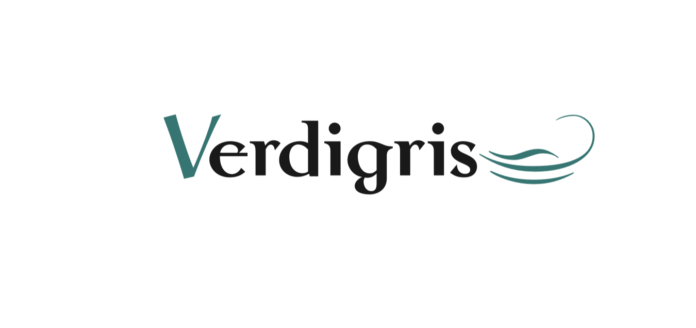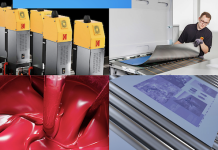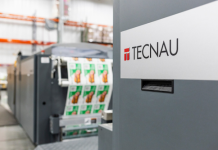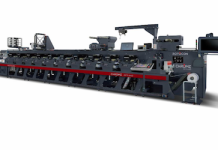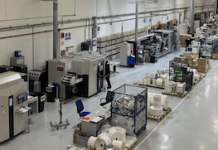Waste paper and board have persistent value as raw materials, so recycling them into new materials makes sense if it is done right. But waste paper and board have questionable value as a fleeting source of energy.
A small cohort of people in the paper business and elsewhere have taken to disparaging recycling. They claim that it is more efficient in terms of environmental impact to incinerate paper waste instead. This is an interesting perception, given the fact that paper can be recycled up to seven times into new papers and board.
There is some merit to the claim, however the discussion has nothing to do with the materials and everything to do with recycling supply chains. Before China stopped accepting imported waste some years ago, it was common practise to send container loads of waste paper to the country to provide it with raw materials for its paper industry. The containers often returned empty to their points of origin. And pre-Covid China was sending millions and millions of printed books and other printed matters to European markets. Not printing as close as possible to market and underutilised transportation resources are clearly not good for the environment.
The materials are not the problem, supply chain designs and business models are. Around the world, supply chains are getting disrupted, not least because of sanctions, tariffs and Covid-19. These factors are impacting all areas of commerce, including in the graphics industry. How they play out will obviously reshape the future of the industry and maybe even its environment impact.
Whatever happens with global supply chains, local businesses and consumers could start now to work better to support one another, the environment and circular economy initiatives. Printed matter, packaging, consumables such as printing plates and blankets and redundant equipment could become part of a locally functioning circular economy. Eventually it should be possible to integrate local support systems into wider projects, scaled up equivalents that function on a larger symbiotic scale.
This can only work with local authorities taking the initiative to set up less wasteful collection and processing routines. But commercial players looking beyond the models currently in place might help identify new ways to support local recycling and reuse. For instance, adding a page on a website of stuff that is free to collect from the factory. That might include old IT equipment and bespoke kit that is no longer economically viable for the business, such as proofing printers or guillotines, and even office equipment. Whatever it is, we don’t know who might want it or find it useful, until we offer it. So why not tell visitors to the company website about it with a banner on your site? It might even generate a few new customers.
Waste paper and board have value – that might be why theft of cardboard and printed papers is on the rise. If the black market can make money out of recycling it, surely it has got worth.
This article was produced by the Verdigris Project, an industry initiative intended to raise awareness of print’s positive environmental impact. Verdigris is supported by: Agfa Graphics (www.Agfa.com), Digital Dots (www.digitaldots.org), EFI (www.efi.com), FESPA (www.fespa.com), Fujifilm (www.fujifilm.com/sustainability/), HP (www.hp.com), Kodak (www.Kodak.com/go/sustainability), Practical Publishing (www.practicalpublishing.co.za), Ricoh (www.ricoh.com), Unity Publishing (http://unity-publishing.co.uk) and Xeikon (www.xeikon.com).
[sc name=”subscribe-socialmedia” ]
[sc name=”submit-newsvideos” ]
THE VERDIGRIS PROJECT
http://verdigrisproject.com/


